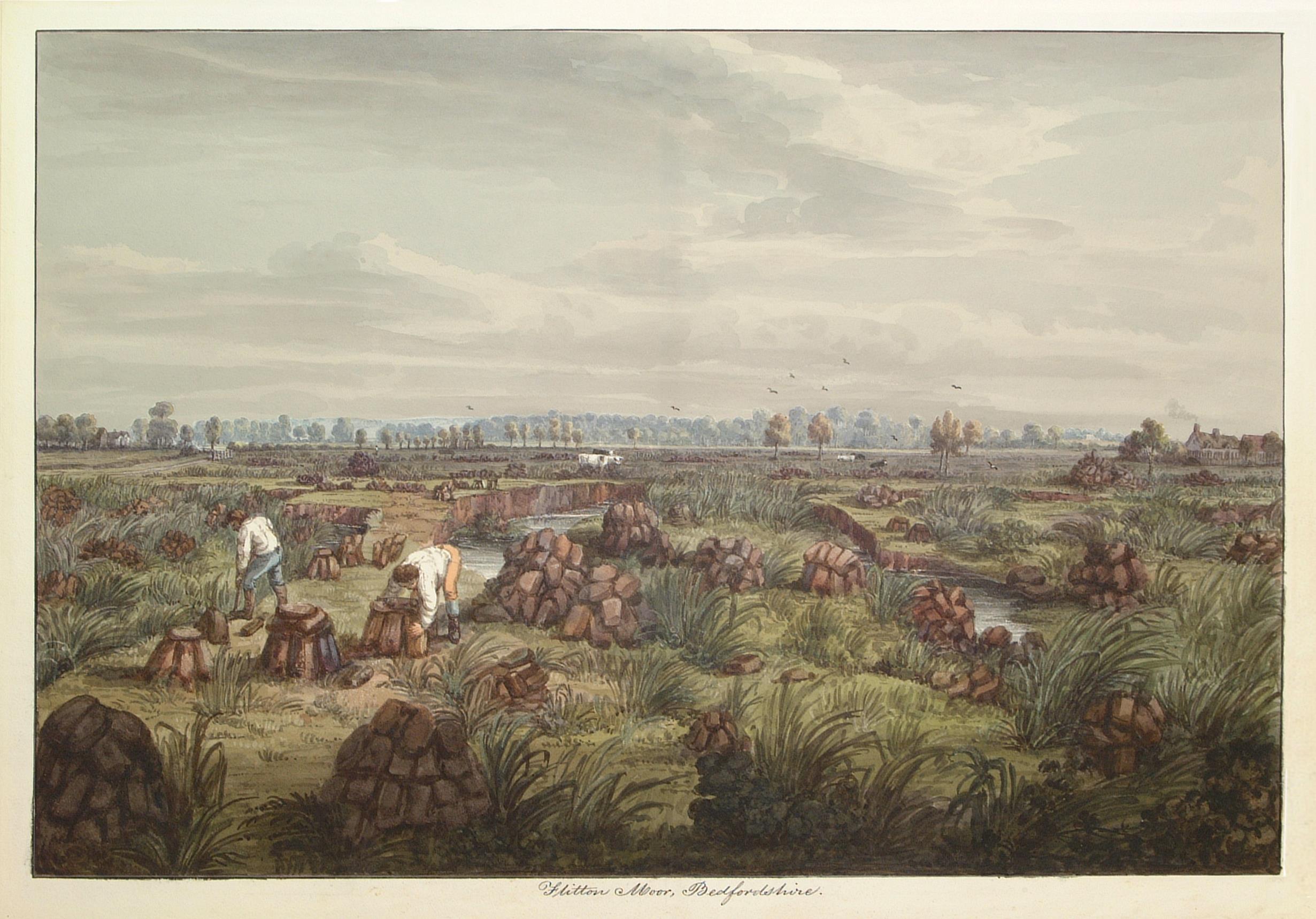Example of best practice on CORD #2 – using video
13/02/2019

The second in my series of favourite items on CORD is the video “When is CO most dangerous“. It’s under four minutes and summarises the initial findings on the production of CO as charcoal burns. I spoke to the creators, Antony Nyombi and Roland Wessling, to find out more…
The video was created for a event of the All-Party Parliamentary Group on carbon monoxide. Each scientific subgroup meeting ends with short presentations on recent work, generally the standard PowerPoint. This video was created to present these findings in a more engaging way and this was very successful in the meeting. Although it’s aimed at a technical audience, it is also understandable to non-chemists and the information is easier to digest in this format. As the focus was on awareness-raising campaigns, it was also a nice teaser for what might be possible (this video is too long for that purpose, but shows the possibilities). Roland added that videos are useful in teaching, too, as many students follow them more easily and they add more variety and engagement to lectures.
Was it hard to create, though? I was actually pleased to hear how easy this process was from start to finish. The video of the charcoal burning had been created during the research project anyway, so it was a short afternoon task in iMovie/Keynote to add the data and whip it into shape, and then minutes to upload it to CORD. Antony was pleased to have a platform like CORD for so easily sharing results – it’s especially useful for doctoral researchers to be able to publish preliminary outputs during their work. The figshare platform is fantastic for media, too, as users can watch the video straight in the browser, and the researchers can see the view and download stats there, too.
I’m looking forward to more people taking advantage of CORD to publish a variety of outputs. Maybe yours will be the next figshare cup winner in this series! (And if you missed it, read the first best practice item here.)
Georgina Parsons, your Research Data Manager and Figshare Cup Distributor
Photo of Antony Nyombi at work
Categories & Tags:
Leave a comment on this post:
You might also like…
My Apprenticeship Journey – Broadening Horizons
Laura, Senior Systems Engineer at a leading aircraft manufacturing company, joined Cranfield on the Systems Engineering Master’s Apprenticeship after initially considering taking a year off from her role to complete an MSc. Apprenticeship over MSc? ...
The Library app is back!
The Library app is back! It's exactly the same as before (although it will get a fresh look in a few months) and if you hadn't removed it from an existing device it should just ...
PhD researcher at the IF Oxford Science and Ideas Festival
IF Oxford is a science and ideas Festival packed with inspiring, entertaining and immersive events for people all ages. PhD researcher, Zahra attended the festival. Here she shares what motivated her to get involved. ...
What leadership skills are required to meet the demands of digitalisation?
Digital ecosystems are shifting the dynamics of the world as we know it. With digitalisation being a norm in the software industry, there is currently a rapid rise in its translation ...
My PhD experience within the Centre for Air Transport at Cranfield University
Mengyuan began her PhD in the Centre for Air Transport in October 2022. She recently shared what she is working on and how she has found studying at Cranfield University so ...
In the tyre tracks of the Edwardian geologists
In April 1905 a group of amateur geologists loaded their cumbersome bicycles on to a north-bound train at a London rail station and set off for Bedfordshire on a field excursion. In March 2024 a ...






